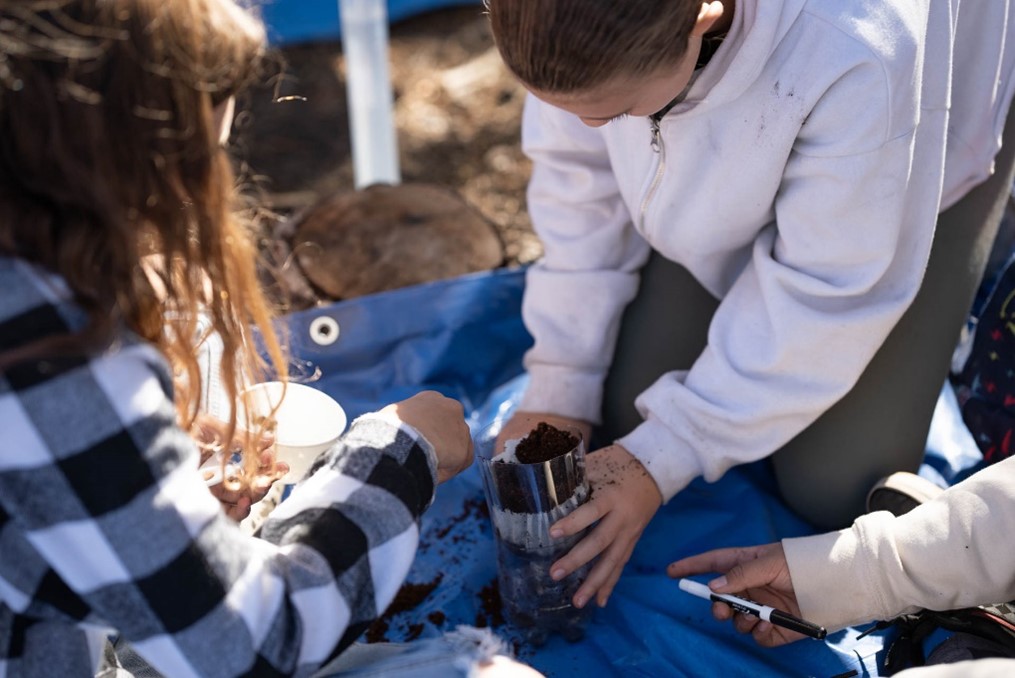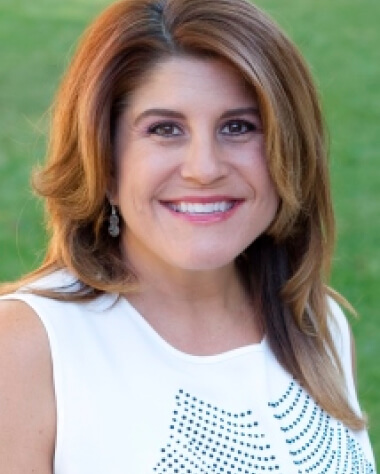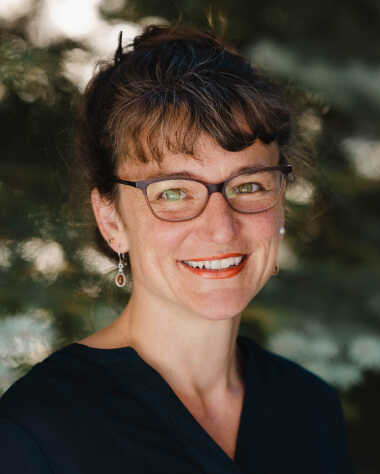A well-trained workforce of educators who are confident teaching science and engineering concepts is crucial to produce the STEM professionals of the future. NV is facing a shortage of qualified teachers in science, math, and computer applications. The Nevada Accountability Portal reports that one sixth of NV math and science classes were taught by teachers that were not highly qualified in those areas. The teachers who are employed report the need for better training and curriculum resources that are aligned to the Nevada Science Content Standards (NSCS), which are based on the Next Generation Science Standards (NGSS).
Pathway 1
Improving STEM Education through future teacher training


Knowledge-Building Phase
To build knowledge among pre-service teachers in HDRFS research topics and improve access to standards-aligned lesson plans for in-service teachers, DRI Science Alive will develop new fire science-focused curricular units for middle and high school. Each year, self-contained science kits (Green Boxes) with a unique HDRFS-themed curriculum will be developed and replicated for implementation throughout Nevada classrooms and education/outreach events. Content will be developed with expertise and guidance from HDRFS researchers and will align with Nevada Science Content and Next Generation Science standards. Kit themes are:
- Years 2-3: Ecosystem Dynamics
- Years 4-5: Chemistry of Fire Emissions
Work-Based Learning Phase
Pre-service educators benefit from early and frequent classroom engagement prior to student teaching. Therefore, P1 will create a new statewide bridge into teaching by building classroom engagement skills under the mentorship of in-service teachers, which creates teaching steppingstones, grows professional networks, and imparts teaching strategies through the Green Box activities. This approach builds science content knowledge and pedagogical skills, which are investments in the participants’ careers. This will grow UNR/UNLV capacity to place pre-service teachers in classrooms.
In collaboration with P1 partners from across the Nevada System of Higher Education, like UNR’s NevadaTeach, Mentoring for Achievement & Knowledge in Engineering (MAKE) Nevada, Mobile Engineering Education Lab (ME2L), UNLV’s Center for Mathematics, Science, and Engineering Education (CMSEE) and STEM Ambassadors, pre-service educators will directly engage classrooms with the HDRFS Green Boxes reaching an average of 60-70 middle and high school classrooms (~2000 students) each year.




 Acknowledgement: This material is based upon work supported by the National Science Foundation under Grant No. OIA- 2148788.
Acknowledgement: This material is based upon work supported by the National Science Foundation under Grant No. OIA- 2148788.